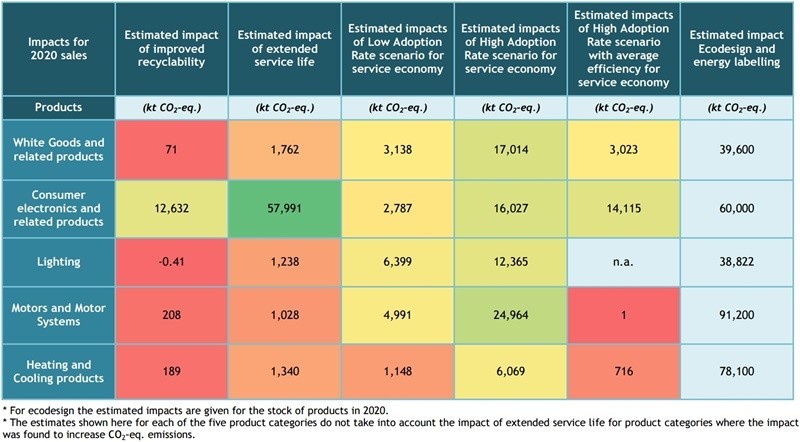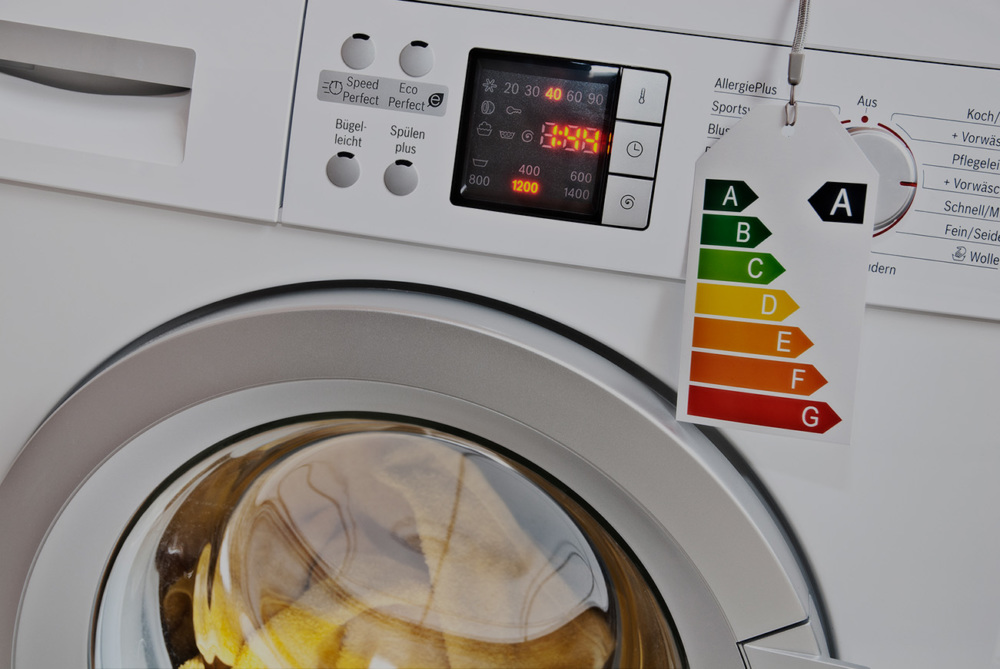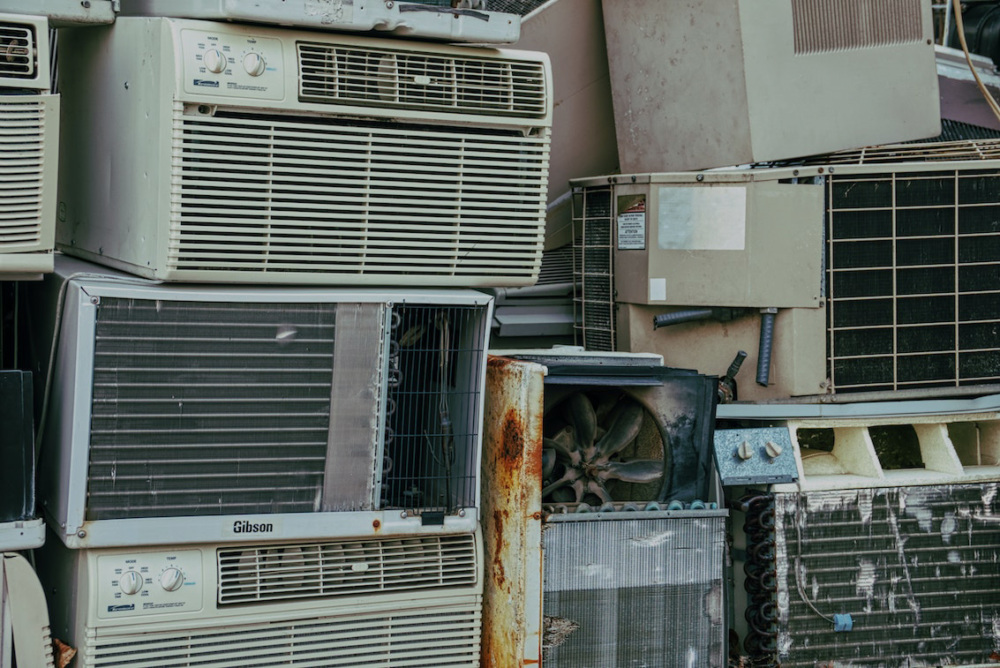Potential Greenhouse Gas Emissions Reduction from Applying Circular Economy Principles to Ecodesign Products
Download Report
Fill out the form below to activate file downloads
You can now download the files related to this report above.
The European Commission recently adopted an ambitious Circular Economy Package which included a legislative proposal on waste designed to stimulate Europe’s transition towards a circular economy – an economy “where the value of products, materials and resources is maintained in the economy for as long as possible, and the generation of waste minimised”.
The European Commission anticipates that this transition would boost global competitiveness, foster sustainable economic growth, and generate new jobs. With an interest in improving the general understanding of the greenhouse gas (GHG) emission impact of such a transition, CLASP Europe undertook an exploratory study designed to provide first-order estimates of the GHG emission reduction potentials that could be expected from applying Circular Economy principles to products covered by the European Union (EU) Ecodesign and Energy Labelling regulations. These estimates are intended to provide guidance on where policy action, that promotes circular economy principles, should focus in order to mitigate GHG emissions.
Thirty product groups were divided into five product categories – white goods, lighting, electronics, motors and motor systems, and heating and cooling products. A representative product was selected from each of these five categories for a product-specific analysis. The circular economy principles modelled in the analysis were: improved recyclability, extended service life, service economy (e.g., lease, pay-per-unit-of-service) and improved refurbishment. For recycling, the study extrapolates the findings for the representative product to the full product category.
The table below presents the high-level findings from the study – the CO₂ savings potential – and compares the magnitude of those savings to the quantity of CO₂ savings that are estimated to have been captured by the Ecodesign and Energy Labelling regulations (right-most column of the table).

Consumer electronics was found to have the largest GHG savings potential, particularly for recyclability and extended service life. And, for service economy, the study also found the average efficiency of the leased products was the most critical parameter influencing emission savings. Building on these findings, the report discusses implementation themes that could be applied in Europe, around communication, regulation and incentives. It also offers suggestions for next steps – including developing product metrics, stimulating recycled materials markets and developing more detailed market feasibility studies.
Additional resources:
- Learn more about CLASP Europe
- European Commission DG Environment’s webpage on the Circular Economy Package





